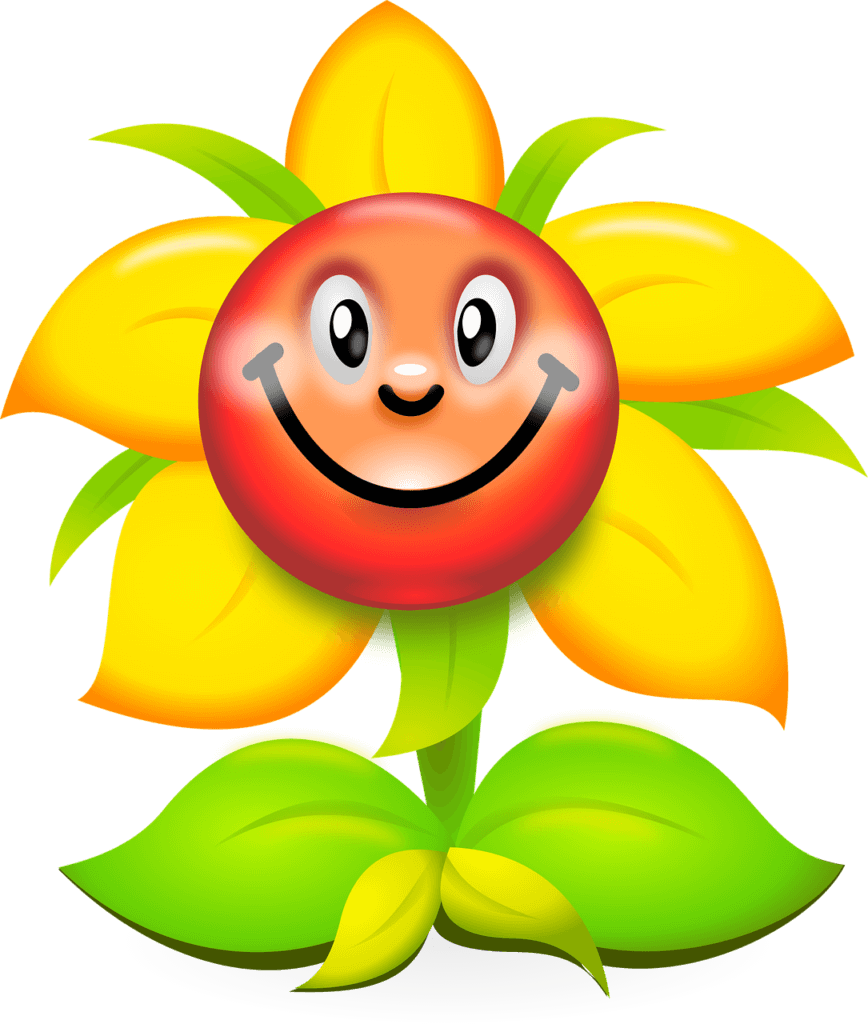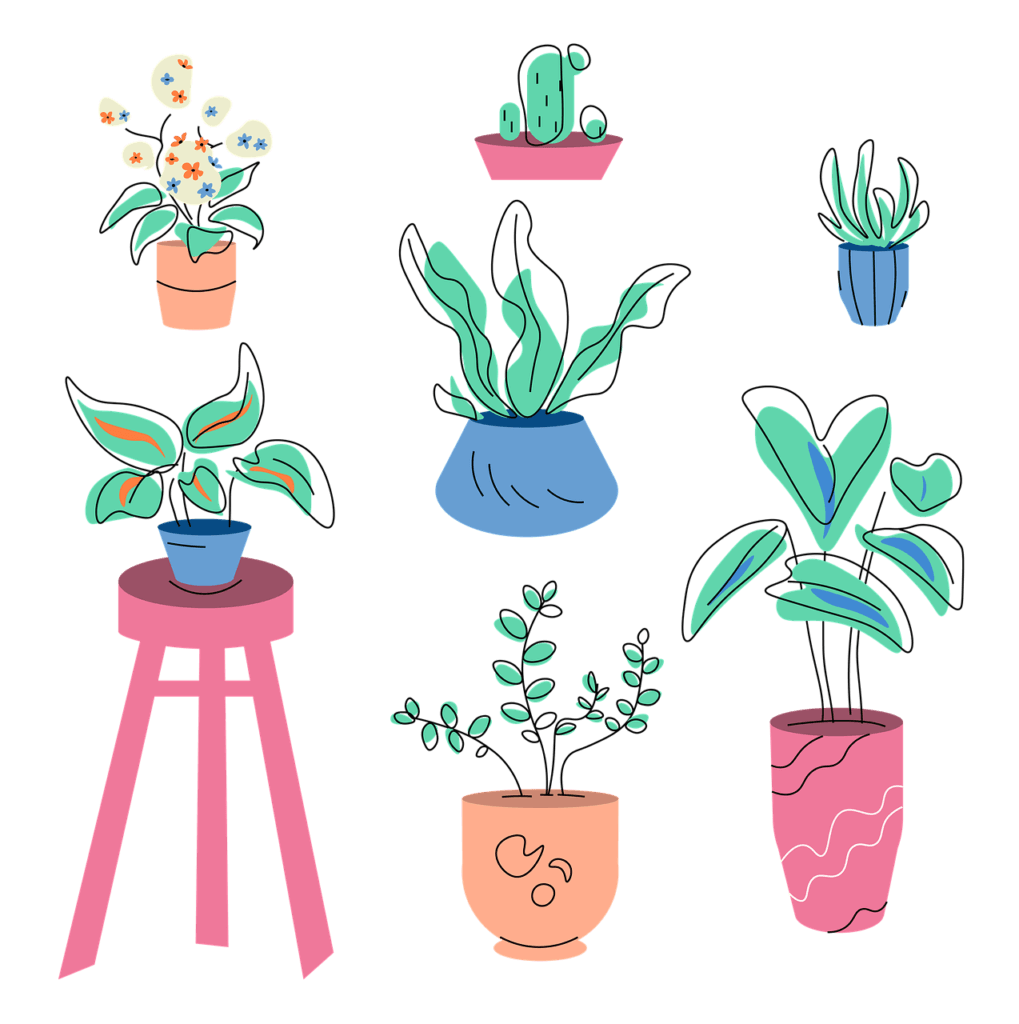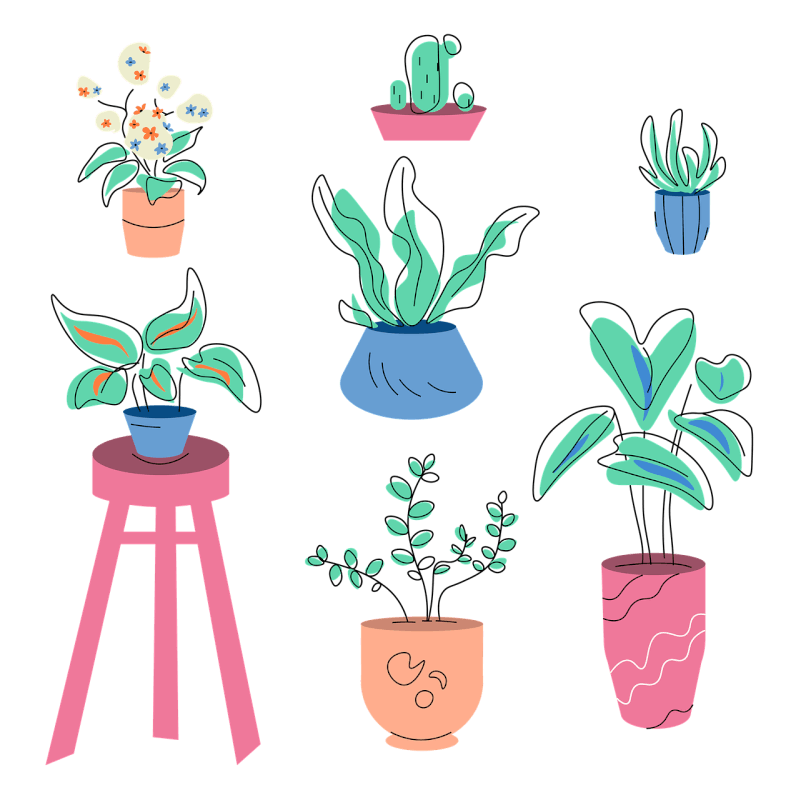If you’re someone who loves cooking and wants to have a fresh supply of herbs and spices right at your fingertips, then growing them indoors is the perfect solution. But where do you begin? In this article, we will explore the best practices for successfully growing herbs and spices indoors. From choosing the right location and providing adequate lighting, to selecting the right containers and watering techniques, we’ve got you covered. So, get ready to transform your kitchen into a thriving garden and elevate your culinary creations to new heights!

Choosing the Right Herbs and Spices
When it comes to growing herbs and spices indoors, it’s important to choose the right varieties that will thrive in your climate and growing conditions. Some herbs, like basil and parsley, prefer warmer temperatures, while others, like mint and chives, can tolerate cooler conditions. Take into consideration the amount of sunlight and humidity in your home, as well as the availability of space for your indoor garden.
Consider Your Climate and Growing Conditions
Before you start your indoor herb and spice garden, it’s crucial to consider the climate and growing conditions in your area. Some herbs and spices are more suited for warmer climates, while others thrive in cooler temperatures. For example, if you live in a region with hot summers and mild winters, herbs like rosemary and thyme would be a good choice. On the other hand, if you live in a colder climate, you might want to consider herbs like sage and oregano that are more cold-tolerant.
Start with Easy-to-Grow Varieties
If you’re new to indoor herb and spice gardening, it’s best to start with easy-to-grow varieties. Herbs like basil, parsley, and chives are known for their adaptability and can be grown successfully by beginners. These herbs are relatively forgiving when it comes to watering and light requirements, making them a great choice for those who are new to gardening. As you gain more experience and confidence, you can gradually introduce more challenging herbs and spices into your indoor garden.

Research Each Herb or Spice’s Specific Needs
Every herb and spice has its own specific needs when it comes to growing conditions. Some herbs, like cilantro and dill, prefer cooler temperatures and shorter days, while others, like thyme and lavender, thrive in warmer and sunnier conditions. It’s important to do your research and understand the specific requirements of each herb or spice before you start growing them indoors. This will ensure that you can create the optimal environment for their growth and maximize your chances of success.
Creating the Ideal Growing Environment
Once you’ve selected the herbs and spices you want to grow, it’s time to create the ideal growing environment for them. Here are some key factors to consider:
Select the Right Containers
Choosing the right containers is crucial for the successful growth of your indoor herbs and spices. Opt for containers that have drainage holes to prevent waterlogging and ensure good drainage. It’s also important to choose containers that are the appropriate size for the herbs or spices you’re growing. Some herbs, like rosemary and sage, have deep root systems and require larger containers, while others, like thyme and marjoram, can be grown in smaller pots.
Provide Adequate Light
Light is essential for the growth and development of herbs and spices. Most herbs and spices require at least 6 to 8 hours of sunlight per day. If you don’t have access to a sunny window or your home doesn’t receive enough natural light, you can supplement it with artificial grow lights. LED grow lights are a popular choice as they provide the full spectrum of light that plants need for photosynthesis. Position the lights so that they are about 6 to 12 inches above the plants to ensure they receive the right amount of light.
Maintain Proper Temperature and Humidity
Temperature and humidity play a significant role in the health and growth of indoor herbs and spices. Most herbs and spices prefer a temperature range of 60 to 75°F (15 to 24°C). Avoid placing your plants in areas with extreme temperature fluctuations, such as near drafty windows or heating vents. Additionally, herbs and spices generally thrive in moderate humidity levels between 40% and 60%. If the air in your home is too dry, you can use a humidifier or place a tray of water near your plants to increase humidity.
Ensure Good Air Circulation
Proper air circulation is important for preventing the buildup of pests, diseases, and mold. Avoid overcrowding your indoor garden and ensure that there is enough space between plants for air to circulate freely. You can also use a small fan to improve air circulation, especially if you have a closed or stagnant environment. This will help strengthen the plants’ stems and prevent the growth of mold or fungus.
Preparing the Soil or Growing Medium
The soil or growing medium you choose is vital for the health and growth of your indoor herbs and spices. Here are some key considerations:
Use Well-Draining Soil or Potting Mix
Herbs and spices generally prefer well-draining soil or potting mix. Avoid using regular garden soil, as it tends to become compacted and retains too much moisture indoors. Instead, opt for a high-quality potting mix that is specifically formulated for container gardening. These mixes are lighter, provide adequate drainage, and usually contain organic matter to promote healthy root development.
Amend the Soil with Organic Matter
Adding organic matter to your soil or potting mix can greatly benefit the growth of your herbs and spices. Organic matter, such as compost or well-rotted manure, improves soil structure, retains moisture, and provides essential nutrients. You can mix in compost or organic matter when preparing the soil or incorporate it as a top dressing throughout the growing season to continually nourish your plants.
Choose the Right pH Level
The pH level of the soil or potting mix is an important factor to consider when growing herbs and spices. Most herbs and spices prefer a slightly acidic to neutral pH range between 6.0 and 7.0. Conduct a soil test to determine the pH of your growing medium and make adjustments if necessary. You can raise the pH by adding lime or lower it by incorporating sulfur or peat moss.

Watering and Fertilizing
Proper watering and fertilizing practices are essential for the health and productivity of your indoor herb and spice garden. Here are some guidelines to follow:
Watering Properly
The frequency and amount of water your herbs and spices need will vary depending on factors such as humidity, temperature, and the type of container or growing medium used. In general, it’s best to water your plants when the top inch of soil feels dry to the touch. Avoid overwatering, as it can lead to root rot and other moisture-related problems. Ensure that excess water can freely drain out of the containers and never let your plants sit in standing water.
Fertilizing at the Right Time and Frequency
Herbs and spices are generally light feeders and don’t require heavy fertilization. Too much fertilizer can lead to excessive leaf growth and a decline in flavor. Start by incorporating slow-release organic fertilizers into your potting mix or soil at the beginning of the growing season. You can also supplement with liquid organic fertilizers every 4 to 6 weeks during the growing season to provide a gentle boost of nutrients. Remember to follow the instructions on the fertilizer packaging and avoid over-fertilizing.
Pruning and Harvesting
Pruning and harvesting are important tasks to maintain the health and vitality of your indoor herb and spice garden.
Pruning for Optimal Growth
Regular pruning helps stimulate new growth, maintain the size and shape of your plants, and prevents them from becoming leggy or straggly. To prune your herbs and spices, simply pinch or trim back the stems above a leaf node or where a leaf emerges. This will encourage branching and help you shape the plants. You can also prune off any damaged, diseased, or yellowing leaves to maintain the overall health of your plants.
Harvesting the Herbs and Spices
Knowing when and how to harvest your herbs and spices is essential to maximize their flavor and potential. Generally, you can start harvesting when your plants have reached a mature size and before they start to flower. Harvest in the morning when the essential oils are most concentrated. Use clean, sharp scissors or pruners to cut the stems just above a leaf node or where a leaf emerges. Avoid harvesting more than one-third of the plant’s foliage at a time to allow for proper regrowth.
Preventing Pests and Diseases
Keeping pests and diseases at bay is crucial for the health and productivity of your indoor herb and spice garden.
Identifying and Monitoring Common Pests
Common pests that can affect indoor herbs and spices include aphids, mealybugs, spider mites, and whiteflies. Regularly inspect your plants for signs of pest infestation, such as yellowing leaves, sticky residue on the leaves, or visible insects. Early detection is key to preventing pest problems from escalating. If you spot any pests, remove them by hand or use insecticidal soap or neem oil spray to control the infestation.
Implementing Natural Pest Control Measures
Preventing pests in the first place is ideal for maintaining the health of your indoor garden. You can introduce beneficial insects, such as ladybugs or lacewings, to your indoor space to help control pest populations. Additionally, practicing good sanitation, such as removing dead leaves and debris regularly, can discourage pests from taking up residence in your plants. Using sticky traps or barriers like diatomaceous earth can also help prevent pests from reaching your herbs and spices.
Preventing Diseases
Diseases like powdery mildew and root rot can affect indoor herbs and spices, especially in environments with high humidity levels. To prevent diseases, it’s important to maintain good air circulation, avoid overwatering, and keep the foliage dry. Water your plants at the base, rather than overhead, and ensure that excess water can drain out of the containers. If you notice any signs of disease, such as spots on leaves or wilting plants, take immediate action by removing the affected parts and treating the plants with organic fungicides if necessary.
Adapting to Different Herb and Spice Varieties
Each herb and spice has its own unique growth patterns and requirements. Here are some tips for adapting to different varieties:
Understanding Specific Varietal Needs
Take the time to research and understand the specific needs of each herb or spice variety you’re growing. Some herbs, like cilantro and basil, are annuals and must be replanted each year. Others, like thyme and rosemary, are perennials and can grow for several years. Knowing the lifecycle of your plants will help you provide the necessary care and ensure their longevity.
Managing Differences in Growth Patterns
Different herbs and spices have different growth patterns and habits. Some, like mint and lemon balm, are vigorous growers that can quickly spread and take over other plants. In contrast, herbs like coriander and fennel have delicate stems and require extra care to prevent breakage. Consider the growth habits of your herbs and spices when planning your indoor garden. Provide support, such as stakes or trellises, for plants that tend to sprawl or flop, and ensure that delicate herbs are not overcrowded or overshadowed by larger plants.
Troubleshooting Common Issues
Even with the best care, you may encounter common issues in your indoor herb and spice garden. Here are some common problems and their solutions:
Diagnosing Yellowing Leaves or Leaf Drop
Yellowing leaves or leaf drop can be caused by a variety of factors, including overwatering, underwatering, nutrient deficiencies, or pests. Take a closer look at your plants to determine the cause. Adjust your watering habits accordingly and ensure that your plants are receiving adequate light and nutrition. If pests are the culprit, take appropriate measures to control the infestation and prevent further damage.
Dealing with Overwatering or Underwatering
Overwatering or underwatering can have detrimental effects on the health of your indoor herbs and spices. To prevent these issues, check the moisture level of your soil regularly by sticking your finger about an inch deep into the soil. If it feels dry, it’s time to water. If it feels wet or moist, hold off on watering until the soil dries out a bit. Adjust your watering frequency as needed to find the right balance for your particular plants.
Addressing Nutrient Deficiencies
Nutrient deficiencies can manifest as stunted growth, pale leaves, or reduced vigor in your herbs and spices. Provide your plants with a balanced organic fertilizer to ensure they receive the necessary nutrients for optimal growth. Additionally, you can boost the nutrient content of your soil by adding compost or organic matter during the preparation stage. Regularly monitor your plants for signs of nutrient deficiencies and make adjustments as necessary.
Extending the Growing Season
If you want to enjoy fresh herbs and spices year-round, you can extend the growing season with these techniques:
Using Grow Lights for Year-Round Cultivation
Grow lights are a valuable tool for indoor gardeners looking to extend the growing season. They provide the necessary light spectrum and intensity that plants need for photosynthesis and growth. With the help of grow lights, you can provide supplemental light to your herbs and spices when natural sunlight is limited, such as during the winter months. Position the lights at the appropriate distance above your plants to ensure they receive enough light without getting scorched.
Overwintering Herbs and Spices
Some herbs and spices can be overwintered indoors to survive cold winters and continue growing. Before the first frost, carefully dig up your plants from the garden and transplant them into containers. Place them in a cool, bright area indoors, such as a basement or an unheated room. Water sparingly and provide adequate light. With proper care, your herbs and spices can continue to grow throughout the winter months, giving you a fresh supply of flavors even when the outdoor garden is dormant.
Tips for Successful Indoor Herb and Spice Gardening
To ensure the success of your indoor herb and spice garden, here are some additional tips to keep in mind:
Start Small and Expand
If you’re new to indoor gardening, it’s best to start with a few herbs and spices and gradually expand your collection as you gain experience. Starting small allows you to focus on learning the specific needs of each plant and how to care for them properly. Once you feel confident and comfortable, you can experiment with new varieties and expand your indoor garden.
Observe and Adjust as Needed
Keep a close eye on your plants and observe them regularly. Pay attention to any changes in growth, appearance, or behavior. If you notice any issues, take immediate action to address them. Adjust your watering, light, or fertilization practices as needed. By staying vigilant and attentive, you can catch problems early and prevent them from affecting the overall health of your herbs and spices.
Stay Consistent with Care Routine
Consistency is key when it comes to caring for your indoor herbs and spices. Stick to a regular watering and fertilizing schedule, ensuring that your plants receive the necessary nutrients and moisture. Consistency in care will help your plants establish a routine and thrive. Avoid drastic changes in environmental conditions, such as sudden temperature fluctuations or excessive watering, as these can cause stress and negatively impact your plants.
Indoor herb and spice gardening can be a rewarding and fulfilling hobby. By following these best practices, you can create the ideal growing environment for your herbs and spices, ensuring their health and productivity. Remember to choose the right varieties, provide adequate light and water, and stay vigilant for any pests or diseases. With proper care and attention, you’ll be able to enjoy the flavors and aromas of fresh herbs and spices all year round. Happy gardening!


